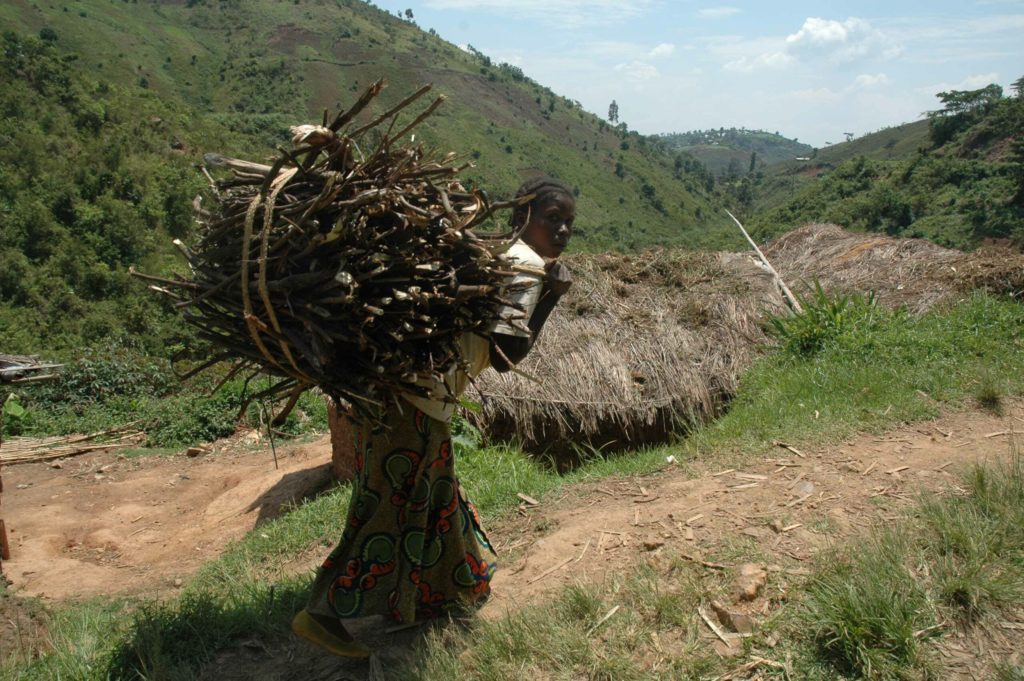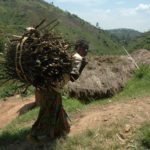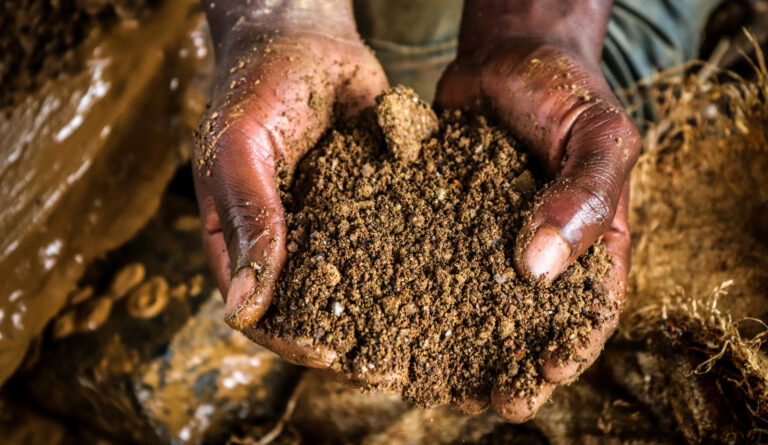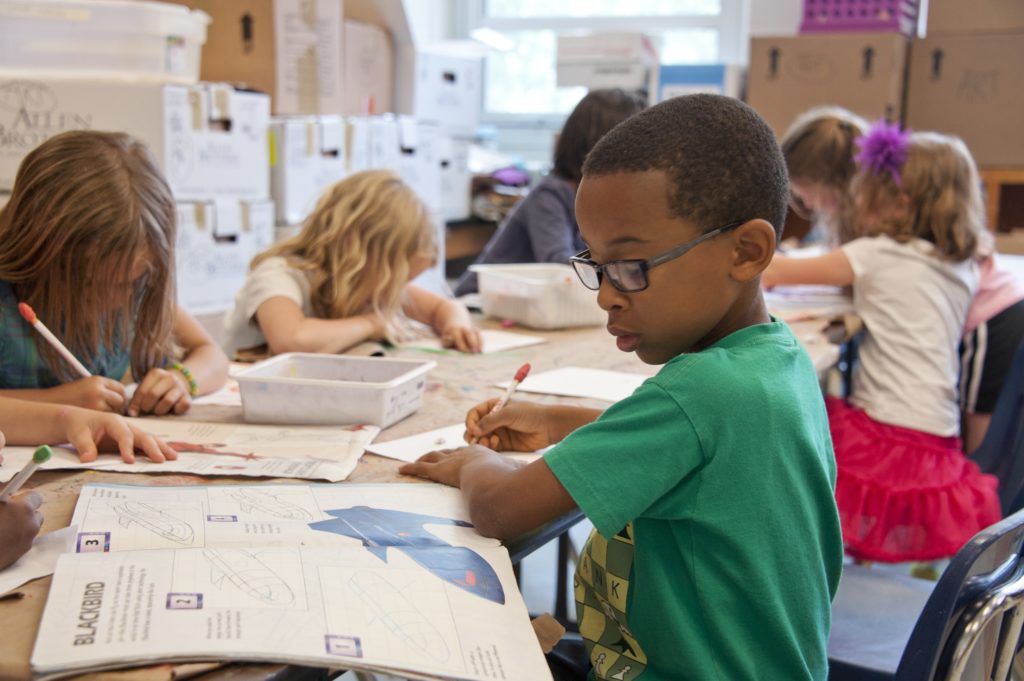The Virunga Park conceals considerable wealth, but today still suffers from numerous threats both with regard to the protection of the environment and the development of the region and local populations. However, the exploitation of resources, economic development and environmental preservation are not contradictory realities and can converge to benefit the greatest number of people. The Democratic Republic of Congo (DR Congo) and all its partners must, through active policies, concentrate their efforts around the preservation of this unique world heritage.

Attachments
Notes[+]
| ↑1 | Une espèce est dite endémique d’une région si elle existe uniquement dans celle-ci. |
|---|---|
| ↑2 | NGONGO R., March 2015, The vulnerability of protected areas in the DRC: the case of Virunga National Park, p22. Today the Virunga Park “has 218 species of mammals including 21 endemic to the Rift, 706 species of birds including 23 endemic, 109 reptiles including 11 endemic, 78 species of amphibians including 21 endemic, 21 species of endemic butterflies, 2,077 plants including 230 endemic species. |
| ↑3 | NGONGO R., March 2015, The vulnerability of protected areas in the DRC: the case of Virunga National Park page 7. It is estimated that 50,000 people directly depend on Lake Edouard and its fish for food and employment. |
| ↑4 | Documentary film: “Virunga, hope for an entire people”, directed in 2014 by Nicolas Delvaulx. |
| ↑5 | Or living aquatic resources. |
| ↑6 | Place where fish reproduce. |
| ↑7 | Beltrade, September 2016 – January 2017, Economic News Bulletin, page 48 |







